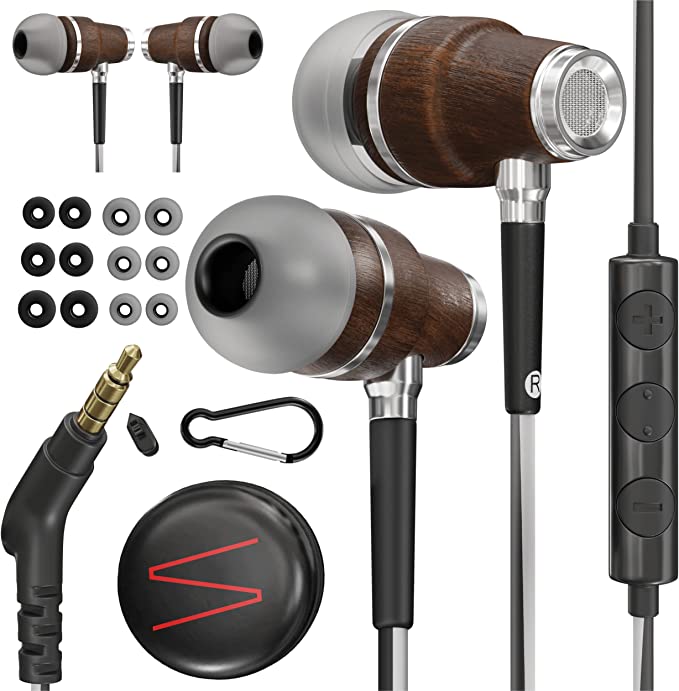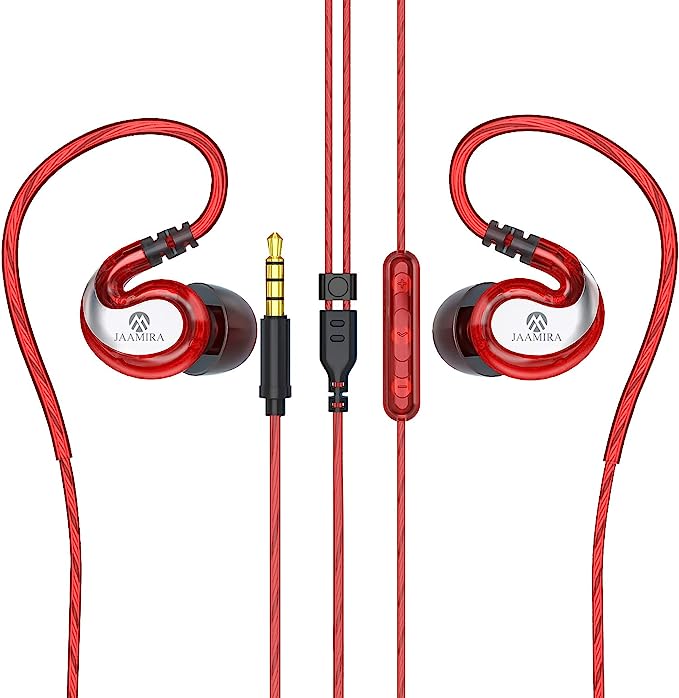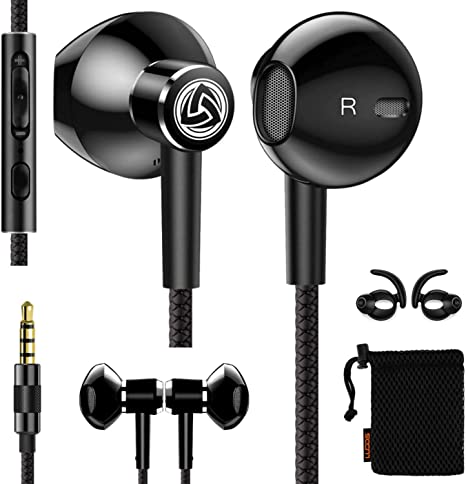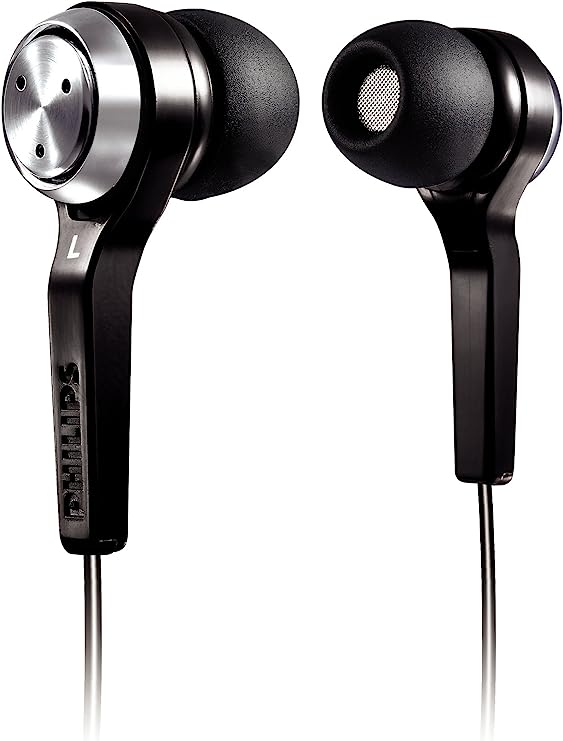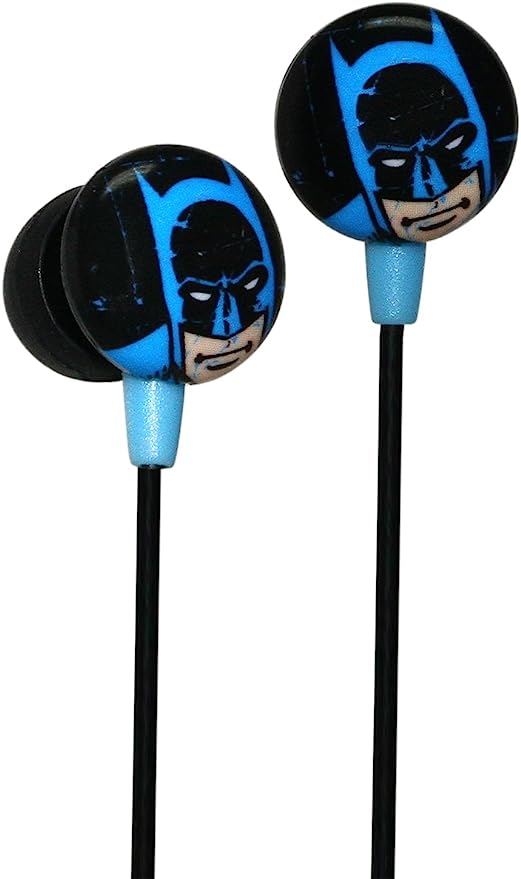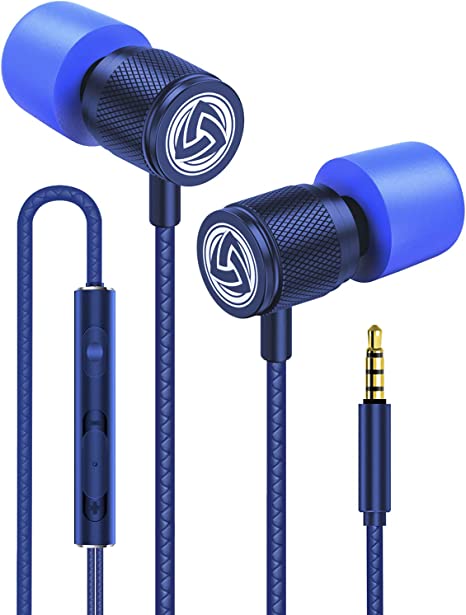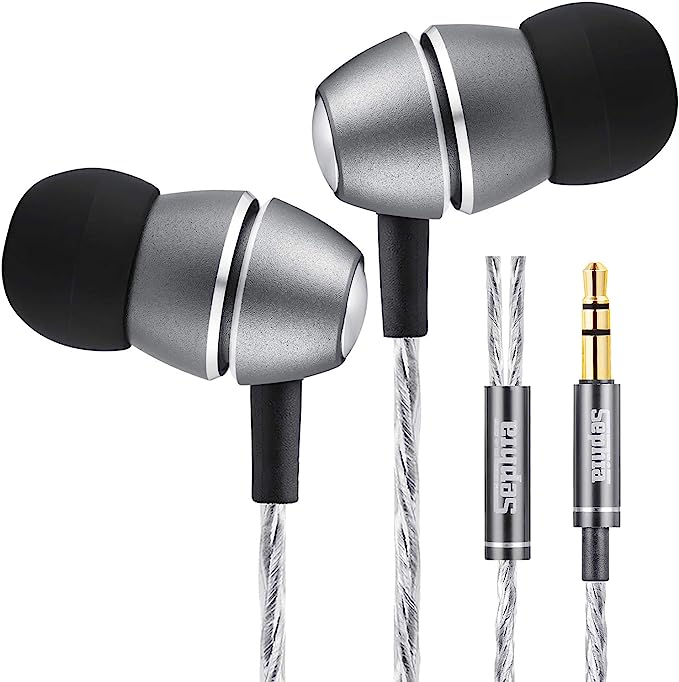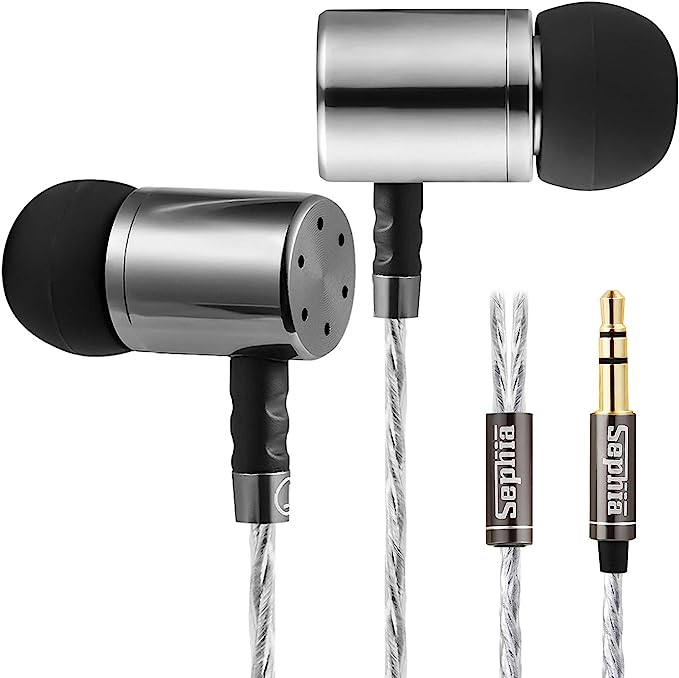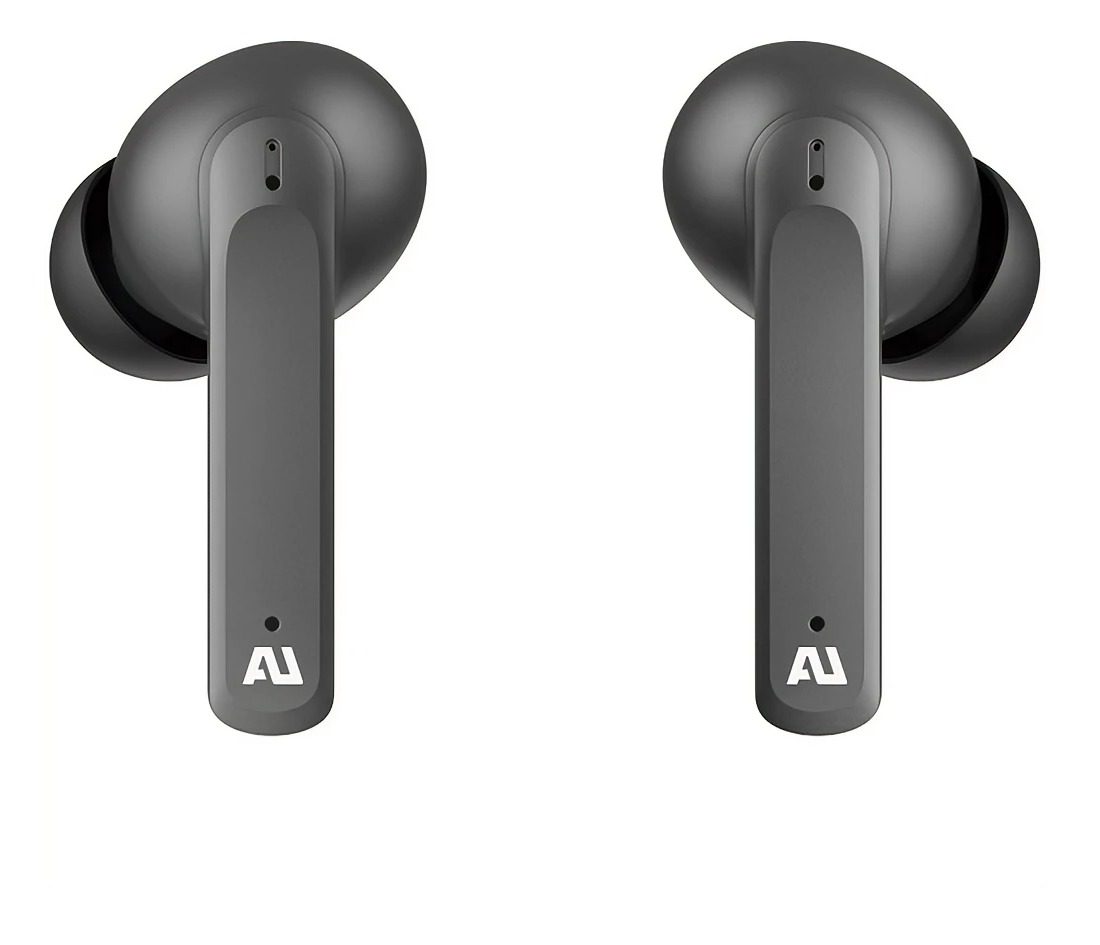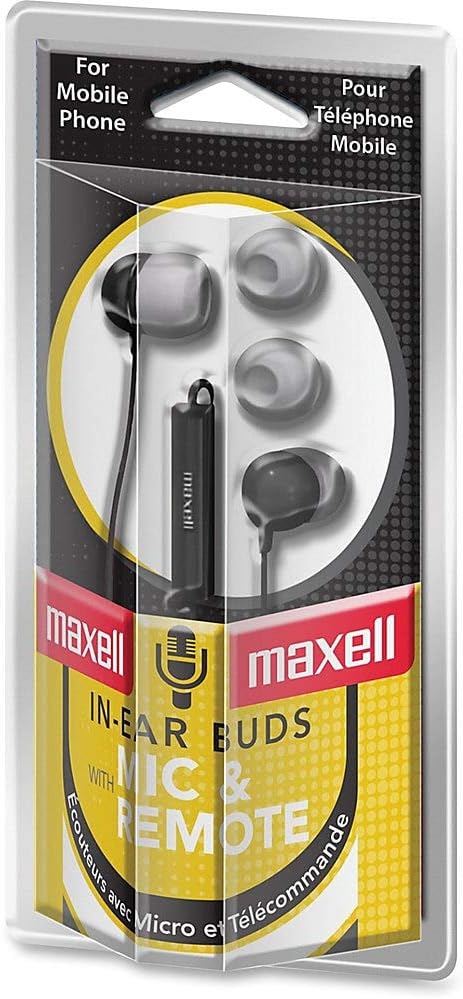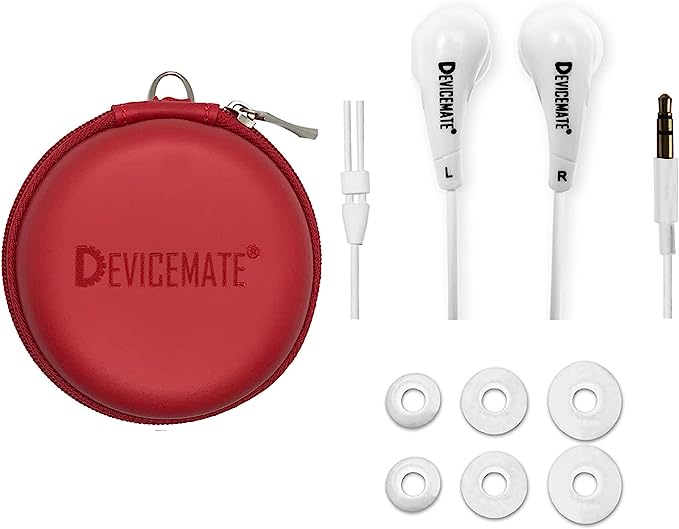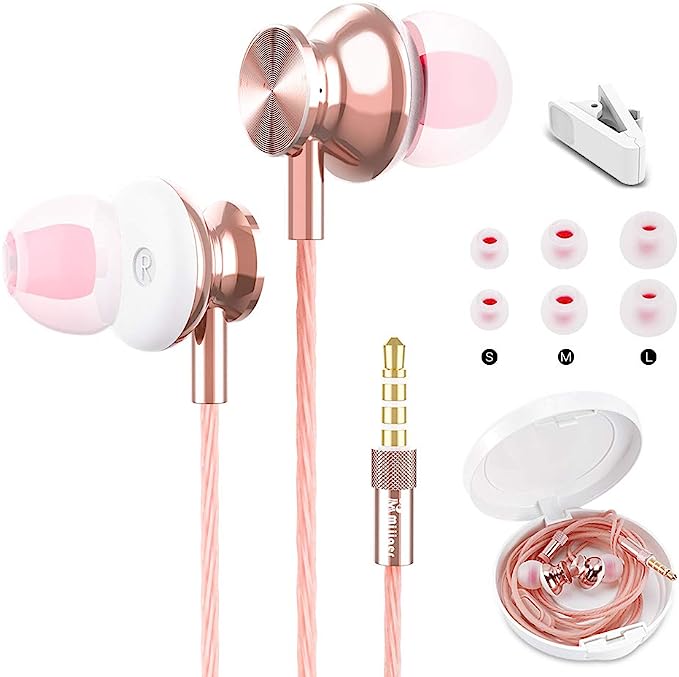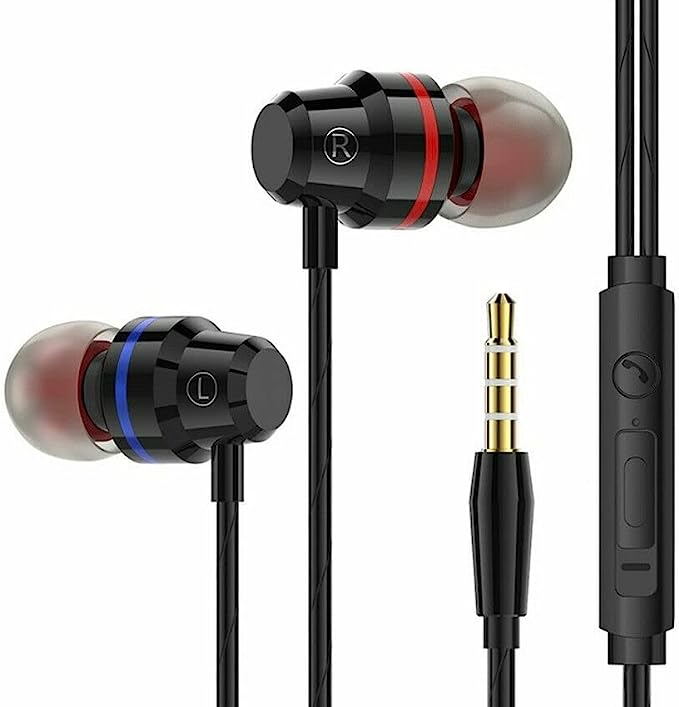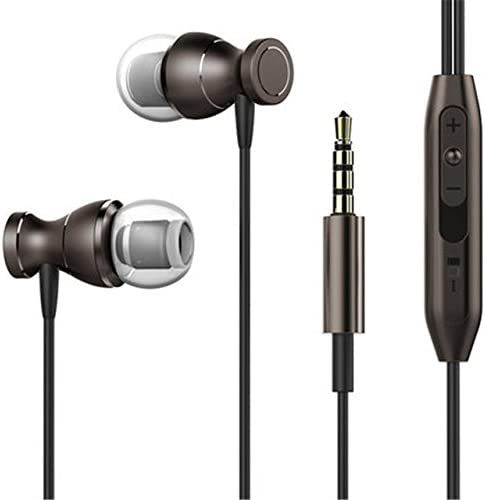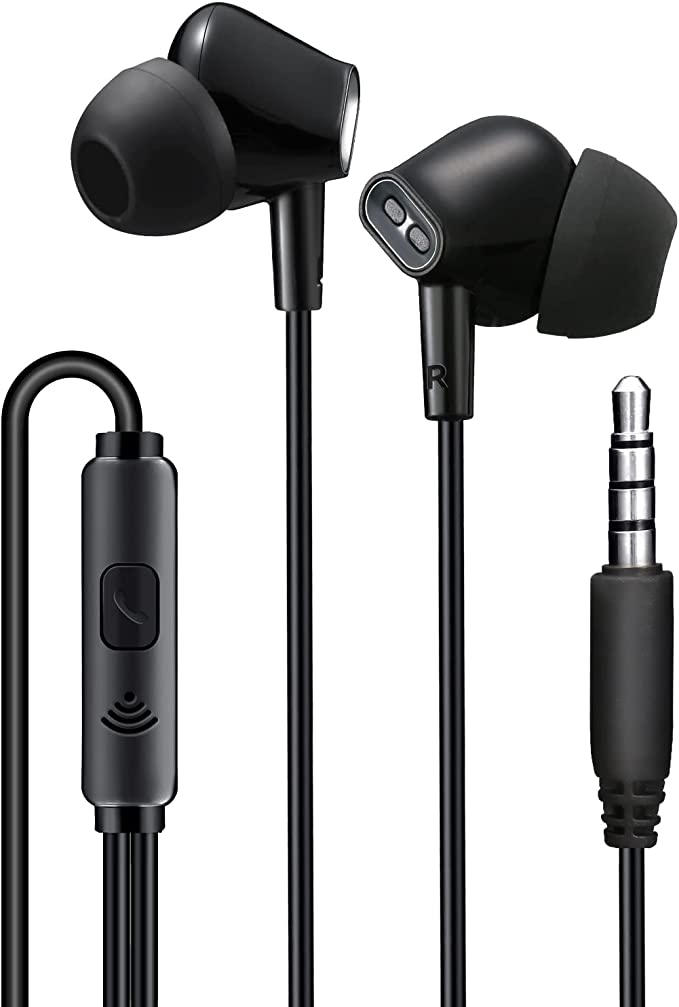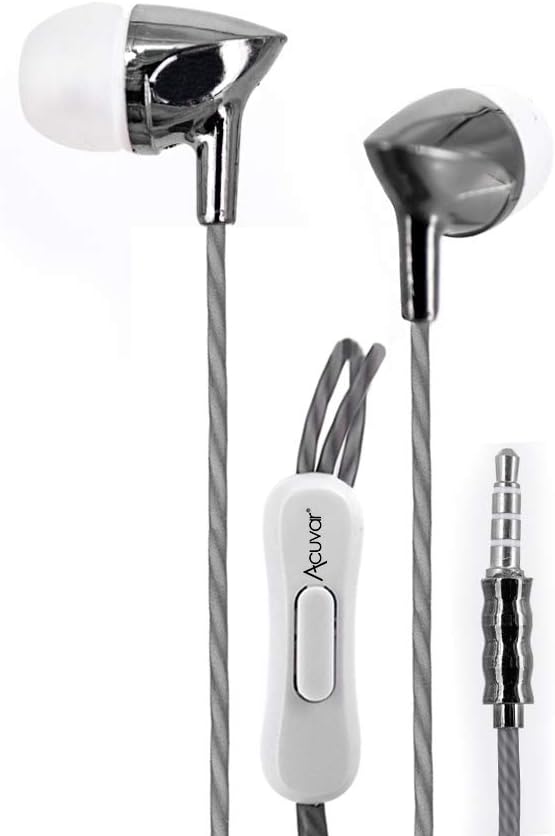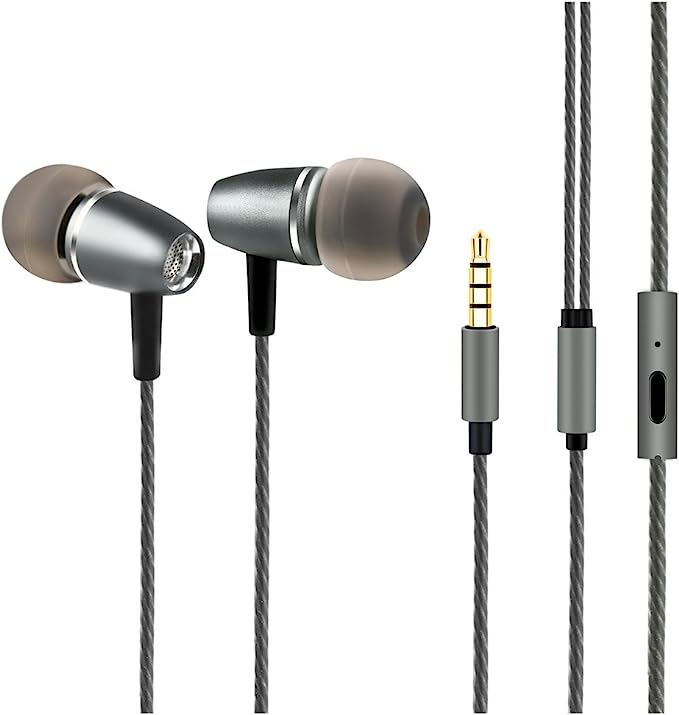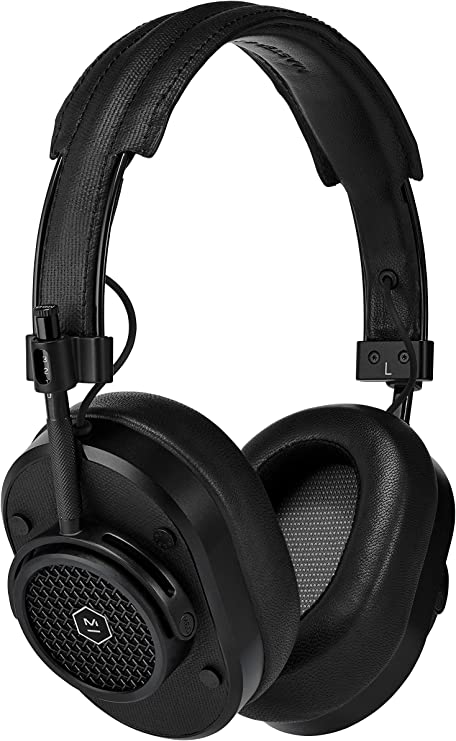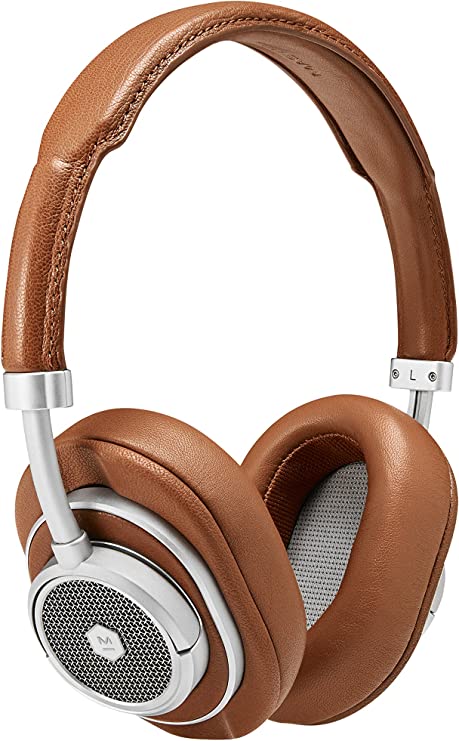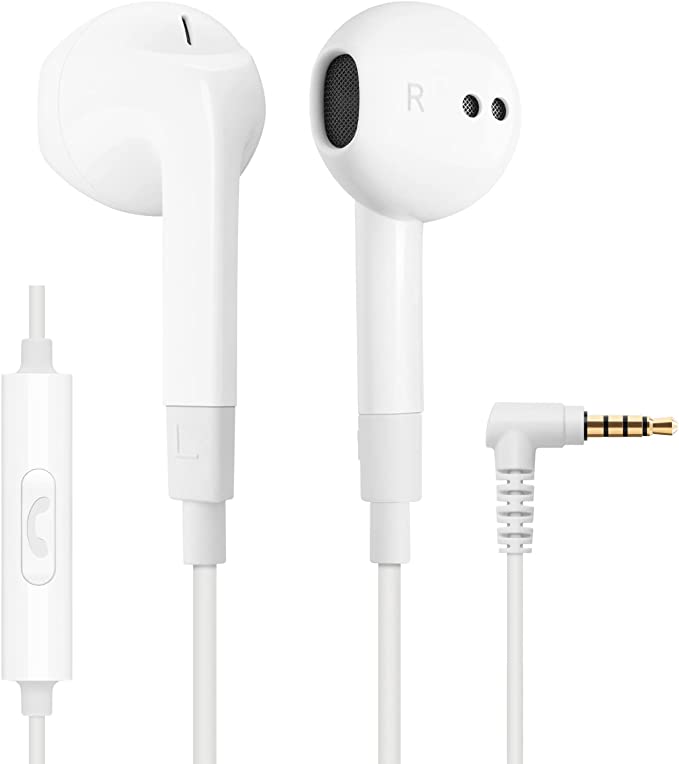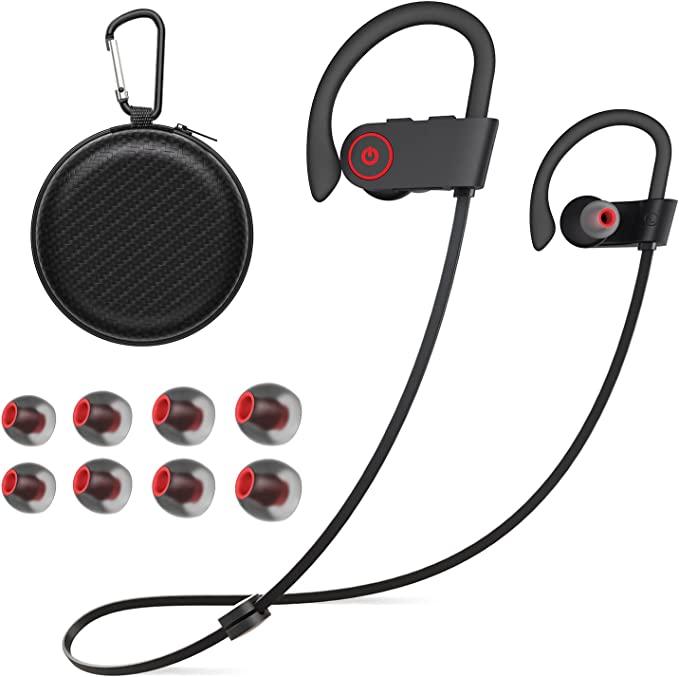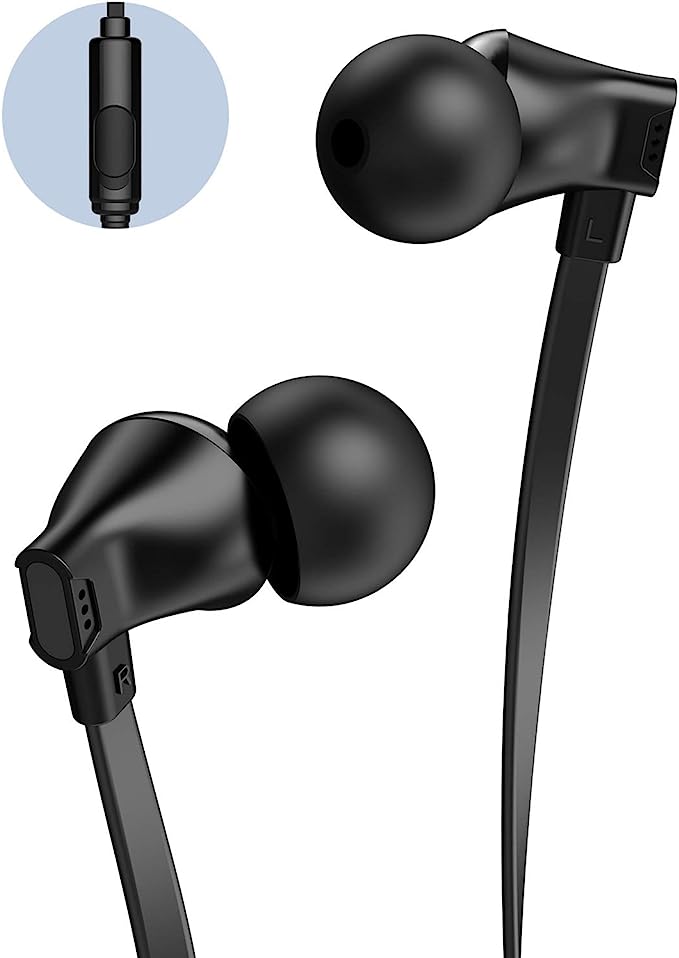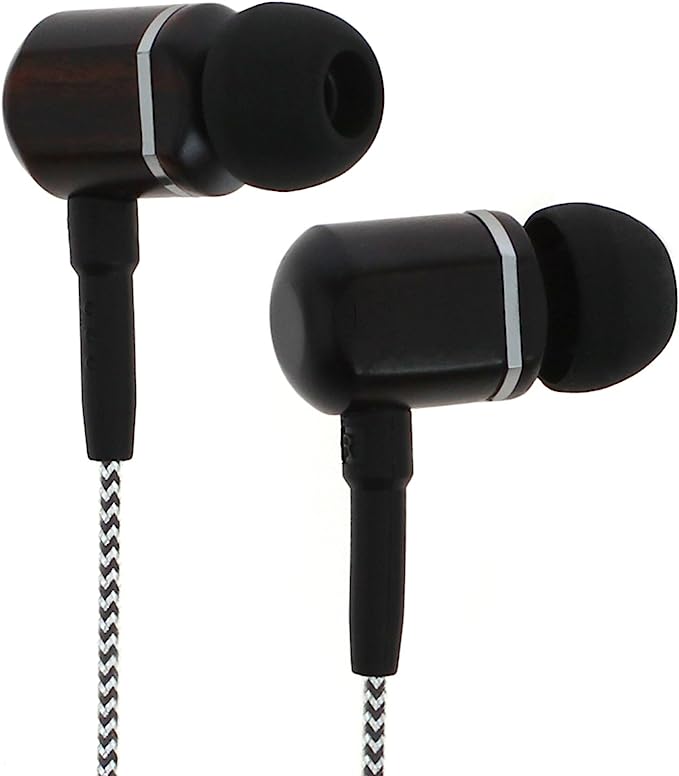Ximeges In Ear Wired Earbuds (Gold): High-Definition Sound and Noise Isolation
Update on Feb. 19, 2025, 7:49 a.m.
Decoding Sound: How In-Ear Headphones and Your Ears Work Together
The world is a noisy place. Whether it’s the drone of traffic, the chatter of crowds, or the hum of appliances, unwanted sound constantly bombards our ears. Yet, amidst this cacophony, we often crave moments of focused listening – to fully immerse ourselves in music, a podcast, or an audiobook. How can we achieve this auditory oasis? The answer, in part, lies in understanding the fascinating science of sound and the clever engineering of in-ear headphones, like the Ximeges wired earbuds.

Sound: The Invisible Wave
Imagine dropping a pebble into a still pond. Ripples spread outward from the point of impact, traveling across the water’s surface. Sound works in a similar way, though instead of water, it travels through air (or other mediums) as a wave of pressure variations. These variations are caused by vibrations. When an object vibrates, it pushes and pulls on the surrounding air molecules, creating areas of high and low pressure. These pressure changes propagate outward as a sound wave.
Two key properties define a sound wave: frequency and amplitude. Frequency, measured in Hertz (Hz), refers to the number of pressure cycles per second. A higher frequency means the air molecules are vibrating more rapidly, and we perceive this as a higher-pitched sound. Think of the difference between a deep bass drum (low frequency) and a high-pitched whistle (high frequency). The human ear, in its prime, can typically detect frequencies ranging from about 20 Hz to 20,000 Hz.
Amplitude, on the other hand, relates to the intensity of the vibration – how much the air pressure changes. A larger amplitude means a louder sound. We measure loudness using the decibel (dB) scale, which is logarithmic. This means that a 10 dB increase represents a tenfold increase in sound intensity. A whisper might be around 30 dB, while a jet engine could reach 140 dB.

Your Ear: A Biological Masterpiece
Our ears are incredibly sophisticated instruments, exquisitely designed to capture and interpret these invisible sound waves. The process of hearing can be broken down into three main stages, corresponding to the three main sections of the ear: the outer ear, the middle ear, and the inner ear.
The outer ear, consisting of the visible part of the ear (the pinna) and the ear canal, acts like a funnel, collecting sound waves and directing them towards the eardrum. The eardrum, or tympanic membrane, is a thin, taut membrane that vibrates in response to the incoming sound waves, much like the head of a drum.
The middle ear is a small, air-filled cavity that houses three tiny bones: the malleus (hammer), incus (anvil), and stapes (stirrup). These bones, collectively known as the ossicles, act as a lever system, amplifying the vibrations of the eardrum and transmitting them to the inner ear. This amplification is crucial because the inner ear is filled with fluid, which is much denser than air and requires more force to move.
The inner ear contains the cochlea, a snail-shaped, fluid-filled structure that is the true sensory organ of hearing. Inside the cochlea are thousands of tiny hair cells. When the stapes vibrates against the oval window (the entrance to the cochlea), it creates pressure waves in the cochlear fluid. These waves cause the hair cells to bend, and this bending triggers electrical signals that travel along the auditory nerve to the brain. Different hair cells are sensitive to different frequencies of sound, allowing us to distinguish between different pitches. The brain then interprets these electrical signals as the sounds we hear.
From Electricity to Sound: How Headphones Work
Headphones, in essence, reverse the process of hearing. They take an electrical audio signal and convert it back into sound waves. This is achieved through a component called a driver. The most common type of driver in headphones is the dynamic driver, which works on the same principle as a loudspeaker.
A dynamic driver consists of a diaphragm (a thin, flexible membrane), a voice coil (a coil of wire), and a magnet. When an electrical audio signal passes through the voice coil, it creates a fluctuating magnetic field. This field interacts with the permanent magnetic field of the magnet, causing the voice coil (and the attached diaphragm) to move back and forth. This movement creates pressure waves in the air, producing sound.
Another type of driver, found in some higher-end in-ear headphones, is the balanced armature driver. These drivers use a different mechanism, where a tiny armature (a small, pivoting piece of metal) is balanced within a magnetic field. When an electrical signal passes through a coil wrapped around the armature, it causes the armature to pivot, moving a diaphragm and producing sound. Balanced armature drivers are typically smaller and more efficient than dynamic drivers, and they are often praised for their detail and clarity, particularly in the mid and high frequencies.

The Quiet Zone: Noise Isolation Explained
In a noisy world, the ability to block out unwanted sounds is crucial for enjoying audio. This is where noise isolation comes in. Ximeges earbuds, and many other in-ear headphones, utilize passive noise isolation. This means they physically block sound waves from entering the ear canal, much like earplugs.
The key to effective passive noise isolation is a tight seal between the earbud and the ear canal. This is why in-ear headphones typically come with different sizes of ear tips (usually made of silicone or foam). Finding the right size ear tip is essential for both comfort and noise isolation. A good seal prevents sound waves from leaking around the earbud and entering the ear canal, significantly reducing the level of ambient noise.
It’s important to distinguish passive noise isolation from active noise cancellation (ANC). ANC is a more sophisticated technology that uses microphones to pick up ambient noise and then generates an opposing sound wave to cancel it out. While ANC can be very effective, it also requires power (usually from a battery) and can sometimes introduce subtle artifacts into the audio. Passive noise isolation, while simpler, can be surprisingly effective, especially for blocking out constant, low-frequency sounds like the hum of an airplane engine or the rumble of traffic.
The Ximeges Example: Applying the Science
The Ximeges In-Ear Wired Earbuds, while currently unavailable and with a model name that remains unconfirmed, provide a practical illustration of the principles we’ve discussed. Their in-ear design is the foundation of their noise isolation capabilities. By creating a seal within the ear canal, they physically block a significant portion of external noise.
The metal construction of the earbuds likely contributes to their durability. Metal is generally more resistant to wear and tear than plastic. The wired connection, via a standard 3.5mm jack, ensures a stable and reliable audio signal without the need for batteries or Bluetooth pairing. This also typically results in lower latency (the delay between the audio signal and the sound you hear), which is important for watching videos or playing games. The inclusion of a microphone and volume control adds convenience for phone calls and media playback. The product description also mentions a “tangle-free cable”; different manufacturers have unique solutions to avoid tangles.
It is important to reiterate that detailed technical specifications for these earbuds are not readily available. We cannot, for example, definitively state the type of driver they use, their frequency response, or their impedance. However, we can understand how their design and features likely contribute to their overall performance based on the general principles of acoustics and headphone technology.
Caring for Your Headphones and Your Hearing
Headphones, like any frequently used device, require some care to maintain their performance and longevity. Regularly cleaning the ear tips is essential to prevent earwax buildup, which can affect sound quality and potentially lead to ear infections. Use a soft, slightly damp cloth to wipe down the earbuds and cable.
Even more importantly, caring for your hearing is paramount. Prolonged exposure to loud sounds can cause permanent hearing damage. Here are some key tips:
- The 60/60 Rule: Listen at no more than 60% of the maximum volume for no more than 60 minutes at a time.
- Take Breaks: Give your ears regular breaks from listening, especially in noisy environments.
- Use Noise-Isolating or Noise-Canceling Headphones: These can help you listen at lower volumes by reducing the need to crank up the sound to overcome background noise.
- Be Aware of Your Surroundings: If you can’t hear external sounds while wearing headphones, you may be at risk of accidents.
- Get Your Hearing Checked Regularly: If you experience any changes in your hearing, see a doctor or audiologist.
Headphone Impedance and Sensitivity: What do these numbers mean? (Optional Section)
While we don’t have the specific numbers for the Ximeges earbuds, understanding impedance and sensitivity is helpful for evaluating any headphone.
-
Impedance: Measured in ohms (Ω), impedance is a measure of how much a headphone resists the flow of electrical current. Higher impedance headphones generally require more power to achieve a given volume level. Lower impedance headphones are typically easier to drive and work well with portable devices like smartphones. Common impedance values for headphones range from 16 ohms to 600 ohms. Matching headphone impedance to the output impedance of your audio source can optimize performance, but it’s less critical with modern devices than it used to be.
-
Sensitivity: Measured in decibels per milliwatt (dB/mW) or decibels per volt (dB/V), sensitivity indicates how loud a headphone will play for a given amount of power. Higher sensitivity headphones will play louder at a given volume setting. Typical sensitivity values for headphones range from around 90 dB/mW to 110 dB/mW.
The Wired vs. Wireless Debate: Pros and Cons (Optional Section)
The Ximeges earbuds are wired, which sparks an ongoing debate in the audio world: wired versus wireless. Here’s a breakdown:
Wired Headphones:
-
Pros:
- Sound Quality: Generally offer the best potential sound quality, as they don’t rely on compression or digital-to-analog conversion that can occur with wireless transmission.
- No Battery Required: You don’t need to worry about charging them.
- Lower Latency: The delay between the audio source and the sound you hear is typically negligible. This is crucial for gaming and video editing.
- Cost: Often more affordable than comparable wireless models.
-
Cons:
- Cable Management: The cable can be inconvenient, getting tangled or snagged.
- Limited Mobility: You’re tethered to your audio source.
Wireless Headphones (Bluetooth):
-
Pros:
- Convenience: No wires to get in the way.
- Mobility: Freedom to move around without being tethered to your device.
-
Cons:
- Sound Quality: Bluetooth audio compression can sometimes result in a slight loss of audio quality, although advancements in codecs (like aptX and LDAC) are minimizing this.
- Battery Life: Requires charging.
- Latency: Can introduce a noticeable delay, which can be problematic for gaming or video.
- Cost: Generally more expensive than comparable wired models.
- Pairing Can be sometimes complex.
The History of Headphones: A brief timeline.(Optional Section)
The history of headphones is longer than one may think: * Late 19th Century: The earliest headphones were used by telephone operators. * 1910: Nathaniel Baldwin invented the first recognizable headphones in his kitchen. * 1937: Beyerdynamic created the DT 48, the first dynamic heaphones. * 1958: John C. Koss created the first stereo headphones. * 1979: Sony Walkman popularizes portable music, creating a huge demand. * 2000s: Apple’s iPod and other MP3 players make earbuds ubquitous. * Late 2000s-Present: Rise of bluetooth wireless, active noise-cancelling, and other advances.
Conclusion: The Ongoing Quest for Perfect Sound
From the simple vibrations that create sound waves to the intricate engineering of modern headphones, the journey of audio is a testament to human ingenuity. The Ximeges In-Ear Wired Earbuds, despite their current unavailability, serve as a tangible example of how these principles are applied to create a personal listening experience. While technology continues to evolve – with trends like personalized audio profiles, AI-powered noise cancellation, and even bone conduction headphones emerging – the fundamental goal remains the same: to deliver clear, immersive, and enjoyable sound to our ears. The quest for perfect sound is an ongoing one, driven by both scientific understanding and the enduring human love of music and audio.


